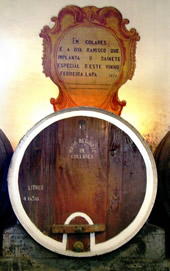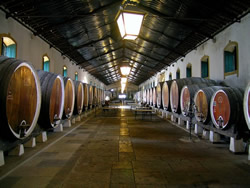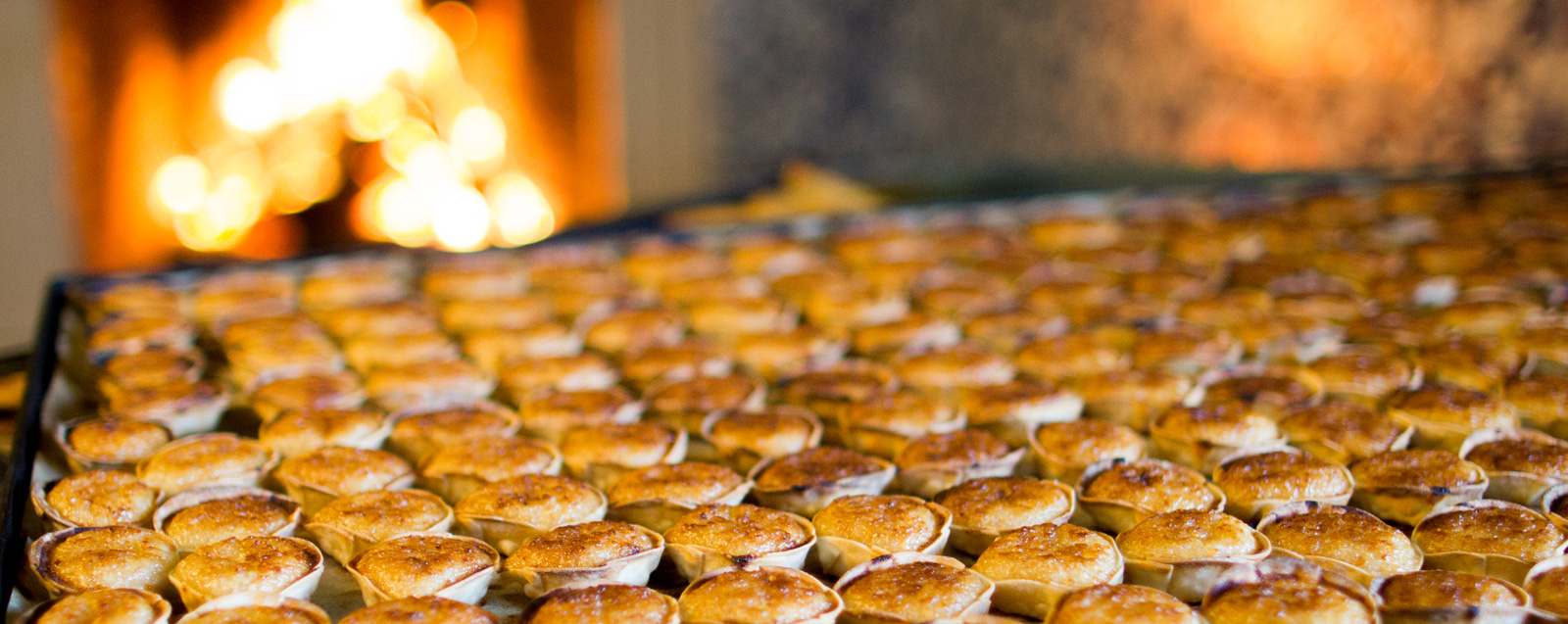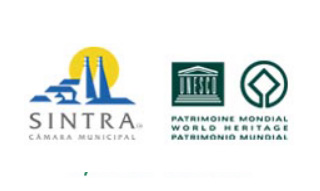When exactly the first vines were planted here is unknown. But the growth in wine-making on the peninsula dates back to antiquity. A century before Christ, Polybius spoke of the wines from Lusitania as being the best in Europe.
King Afonso IIIs charter to Sintra (1154) reveals that wine was being produced in the region even back then. King Afonso III intended to revive winemaking, so in 1255 he donated the royal land of Colares to Pedro Miguel and his wife, Maria Estevão, on the condition that vines were planted. Because this wine is so similar to some French wines, in "Cintra Pituresca" ("Picturesque Sintra",) the Viscount of Juromenha raises the possibility that the King introduced French vines into Portugal. In 1301, King Dinis, who gave agriculture such a huge boost, donated to his son, Prince Pedro Afonso, a wine cellar, various vineyards and other territories in and around Sintra. King Afonso IVs harvest records reveal details of how much was harvested in the town and its outskirts and they show that wine production amounted to three barrels in Sintra and three barrels in the outskirts.
According to some historians, the growth of the vineyards during King Fernandos reign (1367-1383) paved the way for him to embark on the first wine-exporting venture. The town became rather important as a result of the regions booming viticulture and its other valuable plantations. So, on 20 August 1385, following the Battle of Aljubarrota, King João I donated the town of Colares to the Supreme Commander Dom Nuno Álvares Pereira. King Manuel I, who granted a charter to Colares on 10 November 1516, increased the number of privileges enjoyed by the regions farmers. This gave the vineyard a new stimulus. Documents relating to the dispatch and loading of the vessels headed for India reveal a preference for wine from Colares. At about the same time, in Chronicle of the Emperor Clarimundo (1520), Dom João de Barros makes repeated references to the fruits of the Maçãs River valley, namely, Colares wine. These facts we have pointed out merely serve to corroborate the widespread idea that the famous Ramisco wine from Colares has, since the 13th century, been considered a noble variety. Given that it was considered to be a noble variety since the 13th century, the wine of Colares was often served during royal meals.
In 1865, many of the countrys vineyards were destroyed by the phylloxera epidemic. Nevertheless, the Colares vineyards survived unscathed due, in large part, to the sandy soil which proved impossible for the dreadful insect to penetrate. As a result, the superiority of Colares wine asserted itself and it became the top Portuguese table wine.
The Wine and the Vineyard
 The region's vineyards, which are located close to the sea and are exposed to very strong ocean winds, are protected by reed windscreens which confer upon this wine-growing area a rather special landscape. Given its geological nature, Colares can be split into two sub-areas: sandy ground (dune area) and hard ground (limestone soil, marl and similar).
The region's vineyards, which are located close to the sea and are exposed to very strong ocean winds, are protected by reed windscreens which confer upon this wine-growing area a rather special landscape. Given its geological nature, Colares can be split into two sub-areas: sandy ground (dune area) and hard ground (limestone soil, marl and similar).
Colares wine owes its uniqueness to the grape variety, the soil, the climate which is mild and humid in the summer, as well as the fact that 80% of the vineyard is on sandy soil and the traditional procedure of layering the cane of the ungrafted vine into the layer of sandy soil, is adhered to.
Colares wine must be aged for a minimum of 18 months before release but has a good few years until it reaches its peak. Given the lengthy ageing period required for the wine, its commercial potential is limited, which means that the region of Colares may become a kind of sanctuary for those who know this wine.
Specified Wine Region
 Colares, nestled between two hills in the Sintra mountain range, has been a specified wine region since 1908. The 1908 charter law which recognised Colares as a regional wine established the area as a specified wine region and the wine as incredibly rare, if not simply unique, in the whole of the wine-producing world.
Colares, nestled between two hills in the Sintra mountain range, has been a specified wine region since 1908. The 1908 charter law which recognised Colares as a regional wine established the area as a specified wine region and the wine as incredibly rare, if not simply unique, in the whole of the wine-producing world.
The region is confined to an area of loose sandy soil dating back to the tertiary period, set over an area of cretaceous clay which may once have been under sea and where the vines now establish their roots.
The geographical area known as Colares Designation of Origin encompasses the parishes of Colares, São Martinho and São João das Lampas.


 Português
Português
 English (UK)
English (UK)








